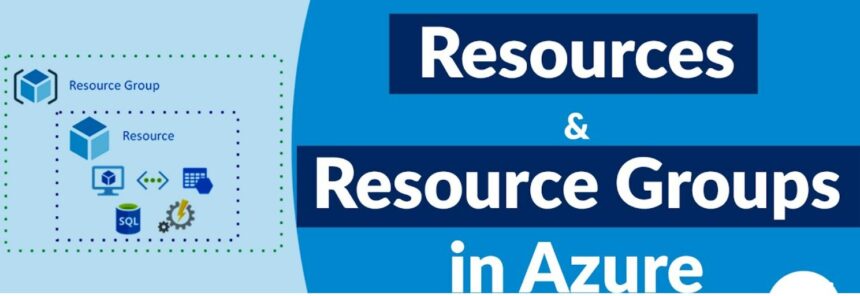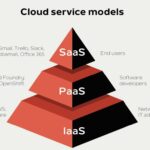Azure Resources:
- “Azure resources” refer to the individual services or components available on the Azure platform.
- These resources can be virtual machines, storage accounts, databases, web apps, virtual networks, functions, logic apps and many more.
- These resources can be IaaS, PaaS, or SaaS.
- Each resource is one of it’s kind as they have unique characteristics and functionalities.
- We can group them together, apply policies, delete them in one go!
- Azure offers a wide range of resources to cater to different needs and scenarios.
- For example, Azure Virtual machines, Storage accounts, Azure app services
Resource Groups:
- After creating resources, the next thing is Resource management.
- Managing resources can be a headache if there is no central mechanism to contain them. So, for that, we have Resource Groups.
- A resource group is a logical container that helps you organize and manage Azure resources.
- It acts as a unit of management, allowing you to apply consistent policies, permissions, and lifecycle management to the resources within it.
- Resource groups provide a way to organize resources based on criteria such as an application, project, environment (e.g., development, staging, production), or any other logical grouping that suits your needs.
Key aspects of resource groups:
- Resources within a group share the same lifecycle, so you can easily provision, update, and delete them together. i.e. If you delete a resource group, all resources within that are also deleted.
- Resources can move from one resource group to another.
- A resource group must belong to a specific Azure subscription.
- You can assign RBAC (Role-Based Access Control) permissions to a resource group, making it easier to manage access control for multiple resources at once.
- Resource groups can span across Azure regions, allowing resources to be deployed in different locations while being logically grouped together.
- By organizing resources into resource groups, you can effectively manage and maintain your Azure infrastructure, applications, and services in a structured manner.



